Description
Capabilities & Use Cases
-
Built around a movement-first design, the R1 demonstrates impressive acrobatics—such as executing handstands and running stunts—typically in promotional demos. Designed for human‑robot interaction (HRI), the robot can follow gestures, recognize faces, and respond to language and visual cues.
-
Ideal as a research or teaching platform—well-suited for robotics labs, educational settings, or interactive prototyping
-
Not intended for heavy-duty industrial tasks; rather, it acts as an intelligent, mobile persona, not a payload handler
Position Within Unitree’s Robot Lineup
-
Compared to G1 and H1 models:
-
The G1 was introduced in 2024 and weighed ~35 kg.
-
The H1 is a heavier industrial-grade platform with more powerful sensors, processors, and torque capabilities
-
-
The R1 represents Unitree’s effort to lower the barrier of entry to humanoid robotics with a platform that emphasizes agility and AI affordably
Unitree R1 Specifications
| Category | Details |
|---|---|
| Height | ~121 cm |
| Weight | ~25 kg |
| Degrees of Freedom (DOF) | 26 joints (arms, legs, torso, head) |
| Material | Lightweight alloy and composite frame |
| Mobility | Running, cartwheels, handstands, spin-kicks, punches |
| Speed | Jogging speed (exact data not officially disclosed) |
| AI | Onboard multimodal LLM (voice + vision AI) |
| Voice Recognition | Yes – natural language commands |
| Image Recognition | Yes – face and object detection |
| Sensors | Multiple cameras and depth sensors |
| Battery | Rechargeable lithium-ion (1–2 hours estimated runtime) |
| Charging | Fast-charging system |
| SDK & APIs | Open SDK for developers |
| Connectivity | Wi-Fi and Bluetooth |
| Use Cases | Education, research, prototyping, light service roles |





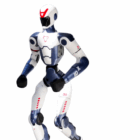
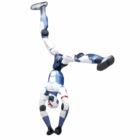
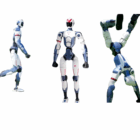
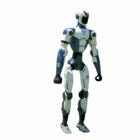

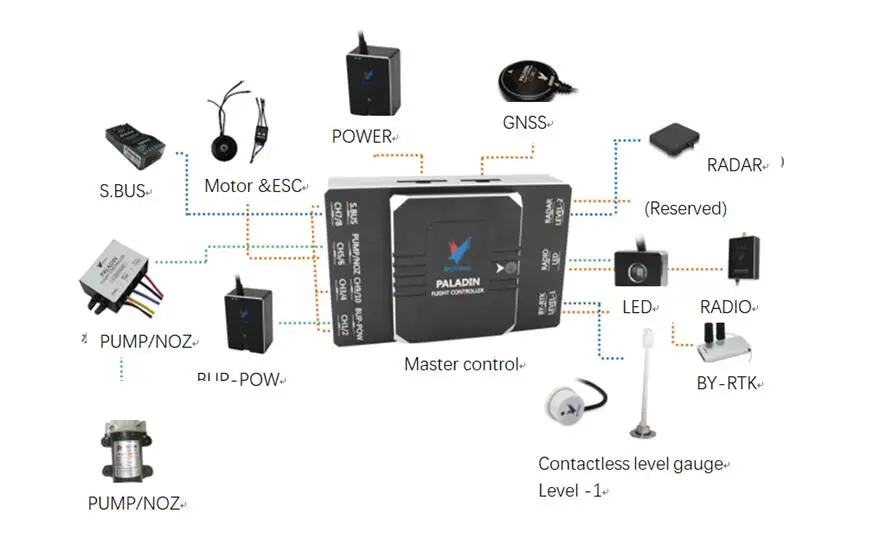

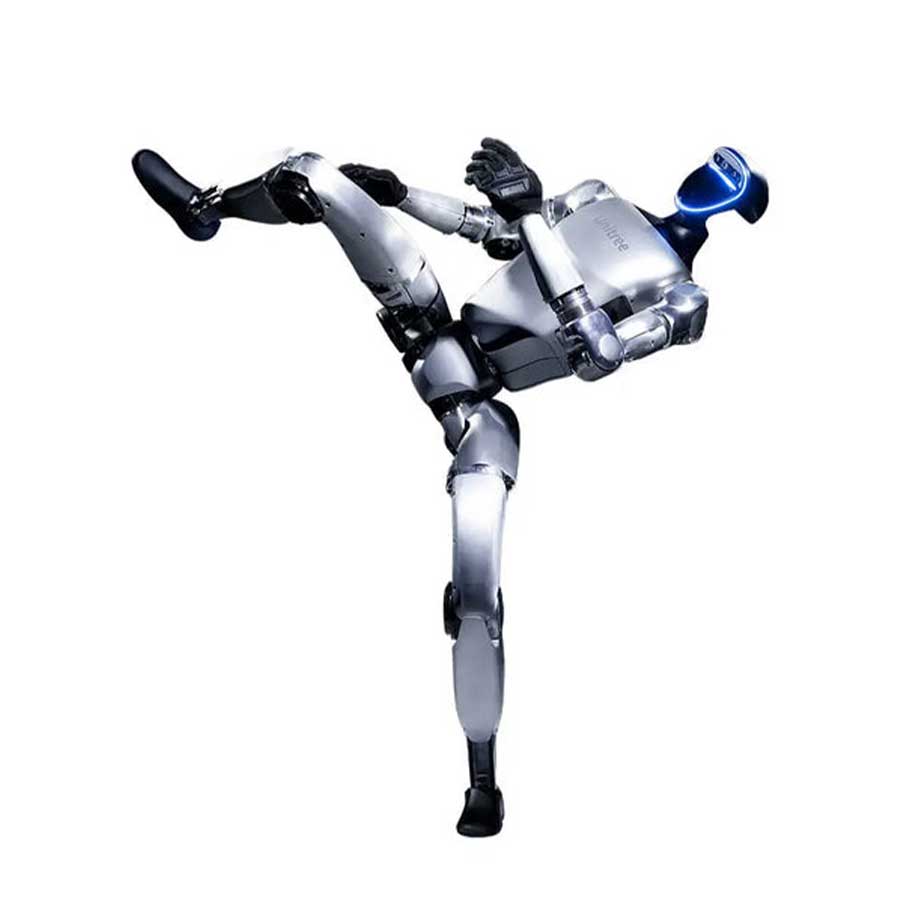



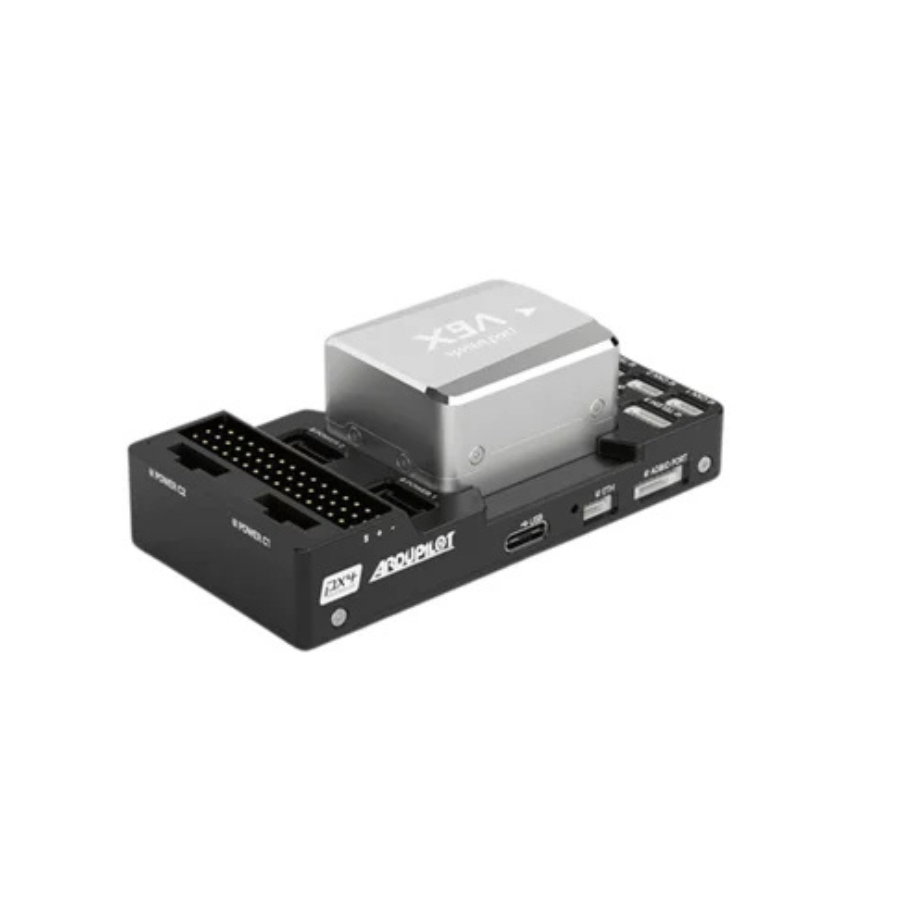

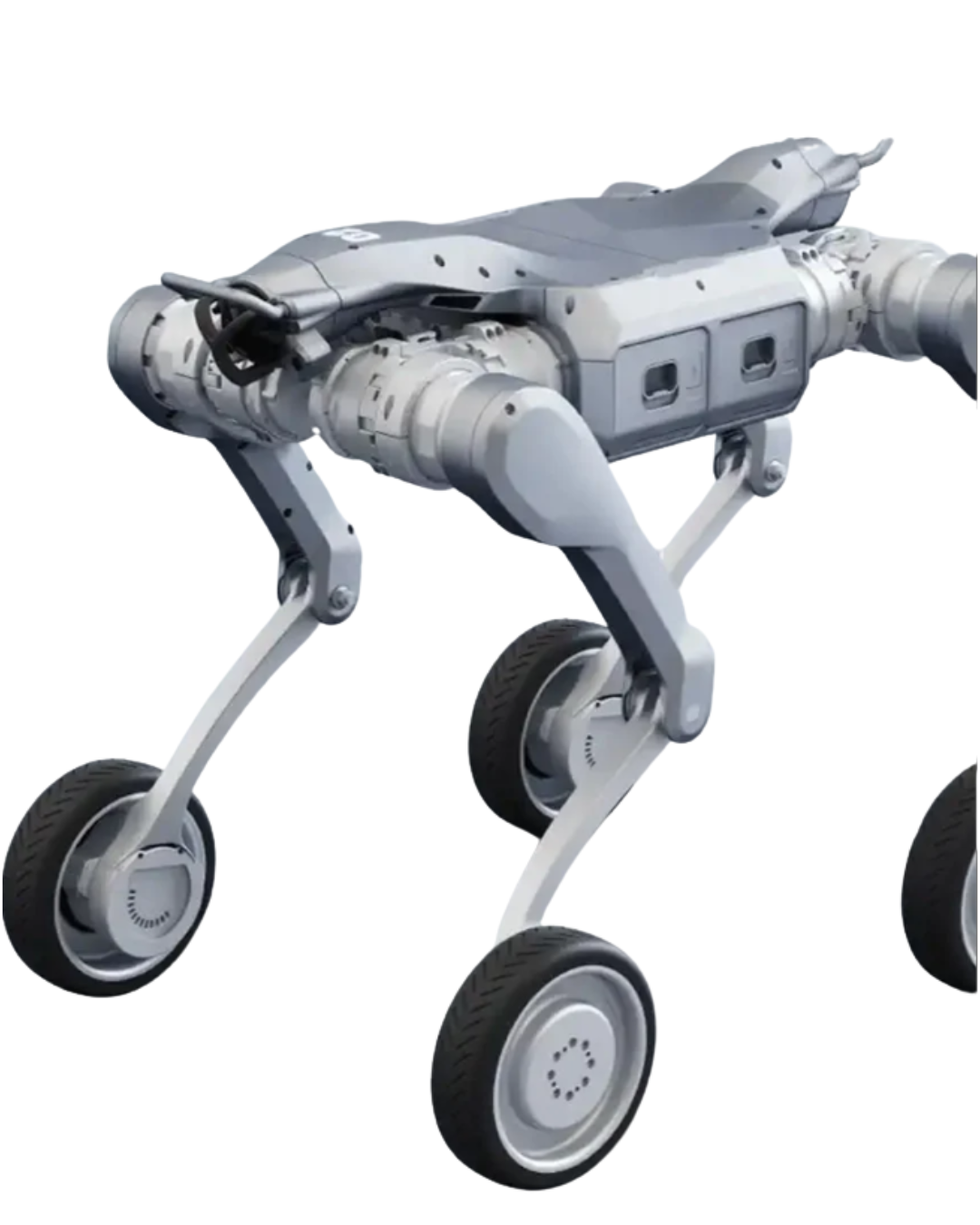





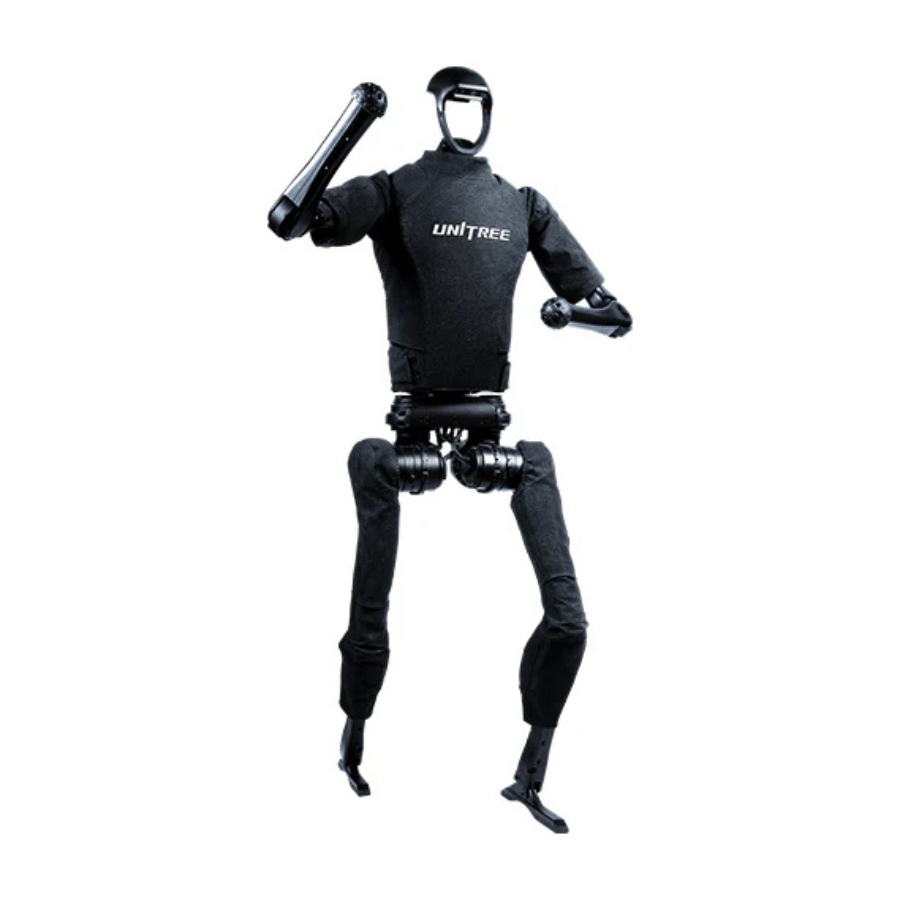


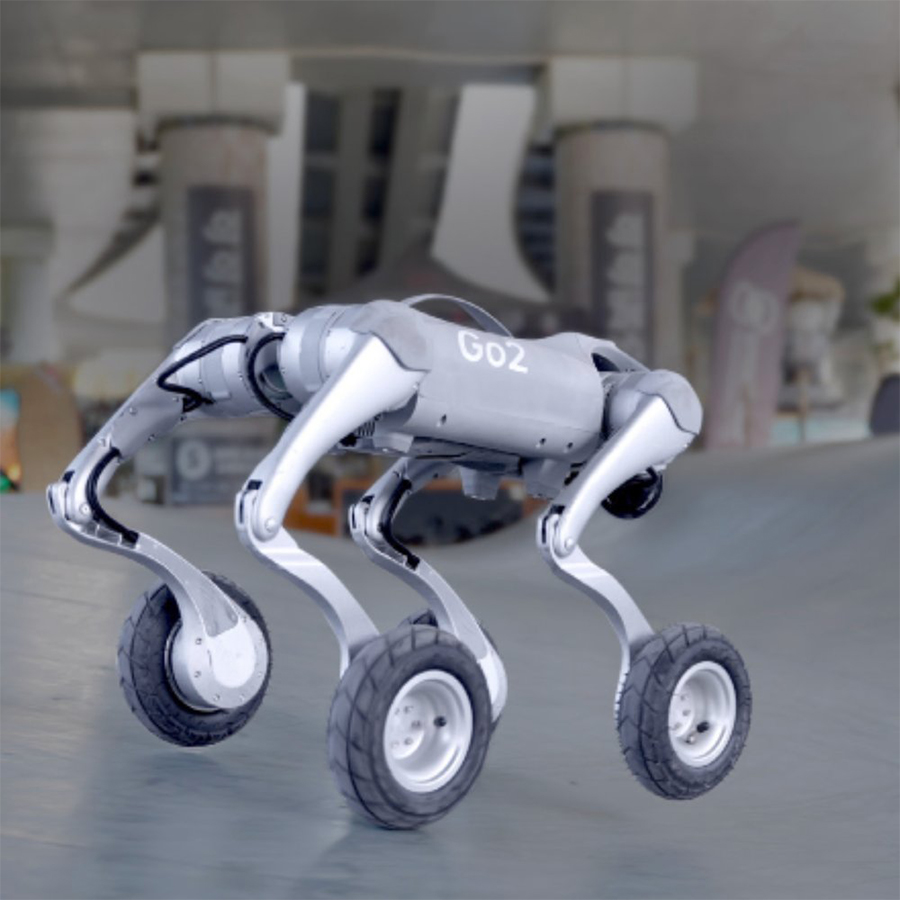

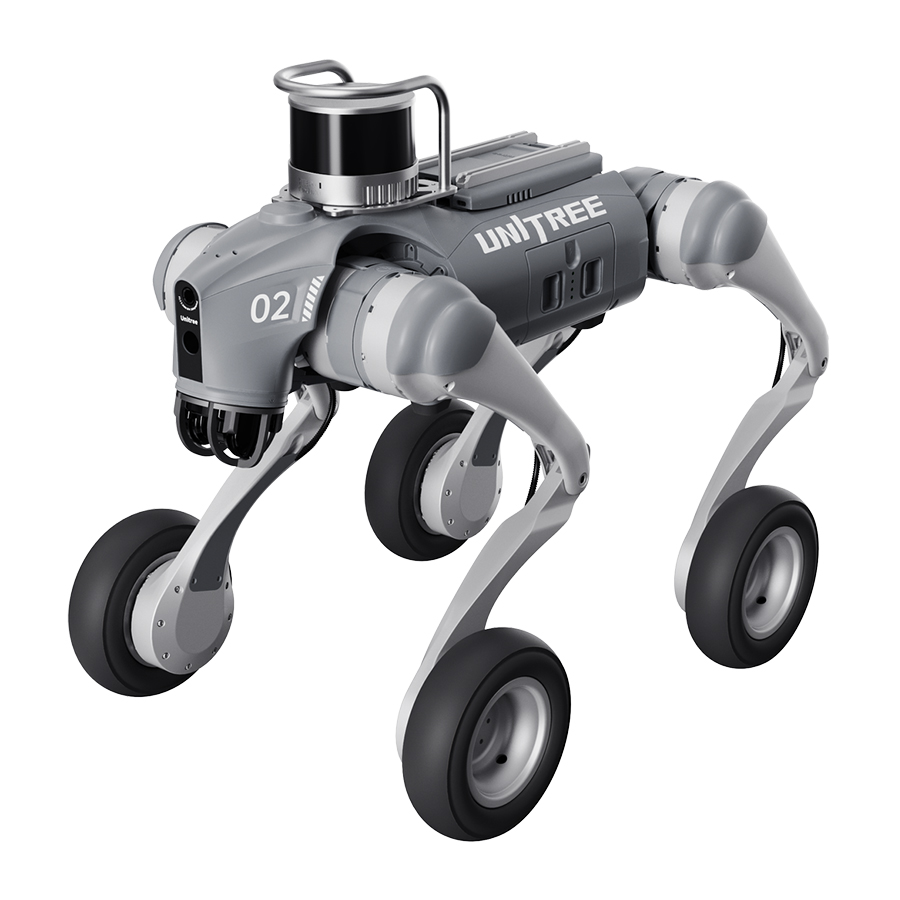

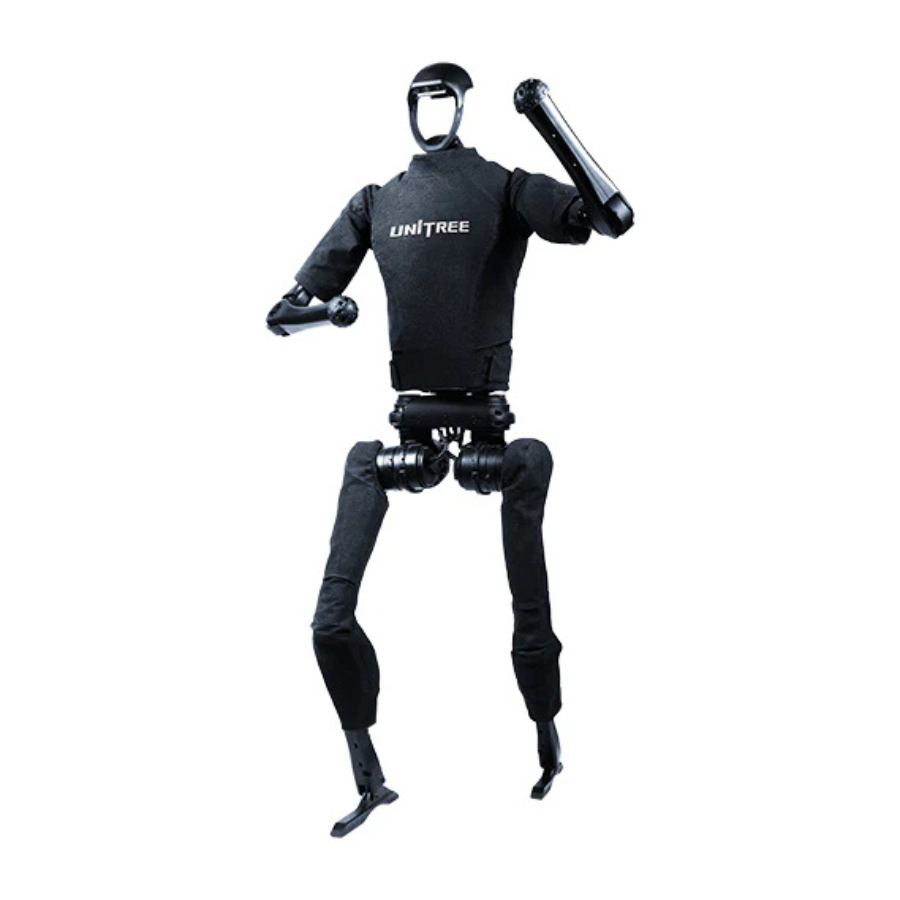
There are no reviews yet.